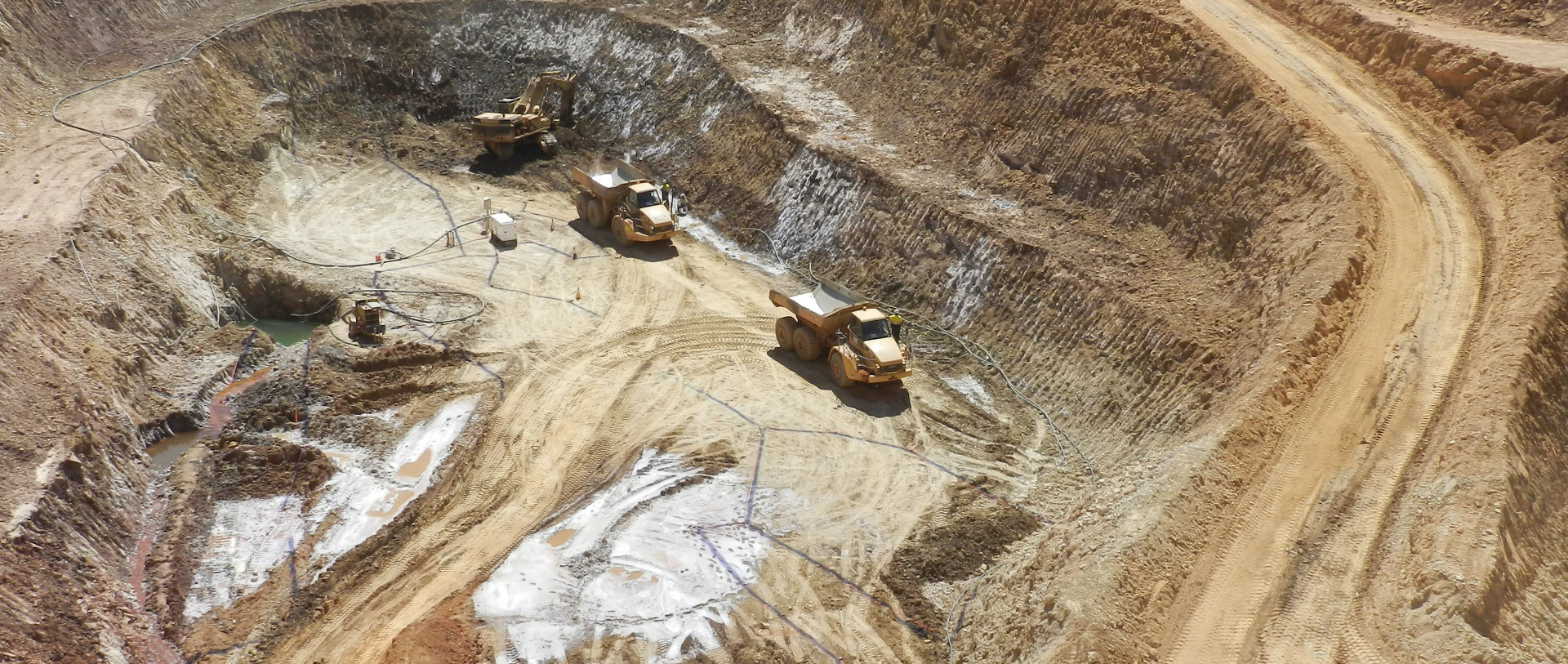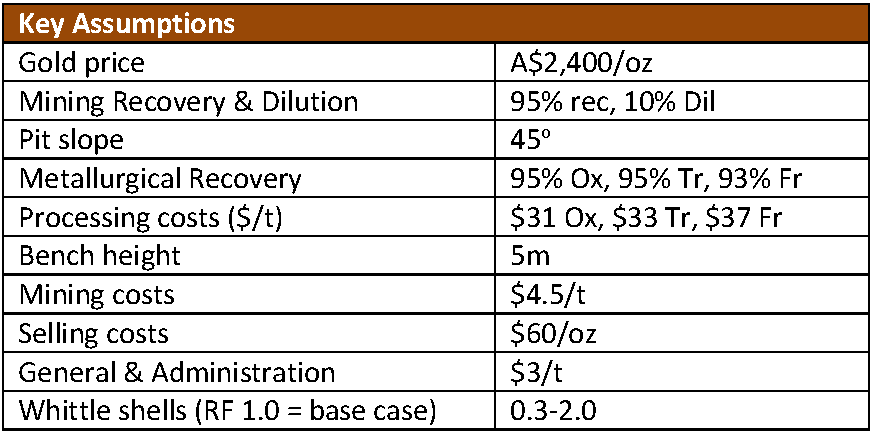
Fortitude Stage 2
Gold Mine
Overview
The Fortitude Gold Mine is located approximately 220km northeast of Kalgoorlie-Boulder and 70km south of Laverton within the highly productive north-eastern goldfields of Western Australia. Fortitude Stage 2 also has a JORC 2012 JORC compliant Reserve of 58,100 oz of contained gold and Resource of 489,000 oz of contained gold.
History
The Fortitude/Lake Carey gold project area was acquired by Matsa in 2016. This original project comprises 12 tenements covering an area of 128km2 and contains a number of gold occurrences including the Fortitude gold deposit. At the time of its acquisition the Fortitude Gold Mine had an existing resource of 385koz and since that then Matsa has completed detailed feasibility studies as well as trial mining programs at the Fortitude Gold Mine. Trial mining completed in April 2018 provides high confidence of the gold resource and metallurgical recoveries at Fortitude with strong potential to grow the resource and extend the life of mine. Subsequently a stage 2 mining study was also completed at the prospect.
Updated Project Economics
Review of the Fortitude Stage 2 mine study following completion of the concept study of the Matsa owned and operated 600,000tpa Gold-Ore Treatment Plant shows a clearer pathway to production which would eliminate existing delays due to a lack of suitable gold-ore treatment options.
The projected operating cash surplus from mining operations is estimated to be A$95M based on an A$2,400/oz gold price and the production of 132,000 oz over 4 years, as calculated in October 2021.
The optimisation study on the Fortitude MRE was completed using a conventional open pit mining operation, with ore hauled and processed at a conceptual Matsa processing plant at Fortitude.


The study does not account for setup costs and other capital requirements.